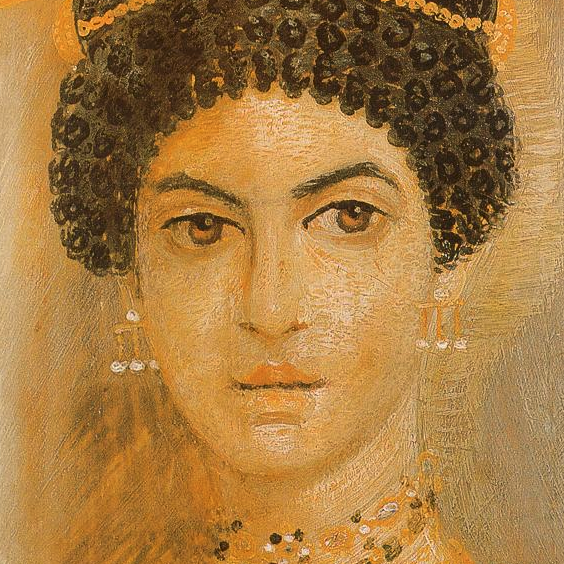Dr Johnson is supposed to have said of Milton’s Paradise Lost that all admire but few have wished it longer. The BBC’s three hour history of Istanbul aka Constantinople aka Byzantium on the other hand really could have done with being a good deal longer. How is anybody supposed to tell the story of a place with such an event filled history in so little time? Brevity and compression are great things in many ways, but you can take them too far. Quite apart from having to leave so much out, you also just don’t get the sense of depth you need to appreciate such a large subject.
But having said that, if you really have to do it in three hours I don’t think it could be done any better. Our host is Simon Sebag Montefiore, and with a name like that you really have to make historical documentaries for BBC4. He resists the temptation to rush through everything and instead picks out a few stories and dwells on them. This was a good move because it just about allows you to get into the programme.
The great thing about Istanbul is it is very photogenic. You have ruins, columns, churches and walls. It is also fortunate that the Byzantines were adept at the art of the mosaic, a medium that both retains its appearance for centuries and looks rather good on television. Visually it is a stunning series with some really great camera work. It cleverly used shots of the modern city to illustrate some of the big events in the history of the city – so when talking about riots we see modern Turkish police and the attack by the Slavic fleet calls up a shot of a modern ships filling the harbour.
The most moving part is when Montefiore shows us the hauntingly beautiful mosaics produced in the last years of the Eastern Roman Empire when the empire was really just the city itself surrounded by enemies on all sides. With so little prospect of success in the real world it is perhaps understandable that Byzantine thought should concentrate with such clarity on the spiritual one. This has been called the Byzantine renaissance, though it was not so much a rebirth as an anticipation of the inevitable coming death of the Byzantine world.
The bible I was issued with at school had a cartoon history of Christianity included in it, with a frame that claimed that the Italian Renaissance was triggered off by scholars fleeing from the loss of Constantinople to the Turks. The reality was very different. The culture of Byzantium was actually wrecked not by the muslims but by the latin christians in the so called Fourth Crusade. By the time the Turks turned up there would not have been many scholars to flee, and Italy would probably not have been where they would have wanted to go anyway.
The break between Byzantine and Turkish Istanbul was a big one. In one respect it was the return to Constantinople as the seat of a great empire and a centre of religious worship. But it was now Islam rather than Christianity and an emperor who claimed to be a caliph rather than the equal of the Apostles. The Turks did however solve one problem that had forever plagued the Romans. There were never any issues of succession. The harem ensured that plenty of imperial offspring were available to fill a vacant throne. The risk of another candidate disputing the throne was removed by disposing of the surplus potential monarchs of any age on the accession of a new one. The means used was strangulation with a bow string. The institution was so well established that nobody questioned it. One small boy requested that he be allowed to finish the fig he was eating before he was killed.
It was a brutal system, but it worked. The Ottoman Empire became the largest and most powerful state of the late European middle ages.
But after a couple of centuries of brilliance the decline set in and Turkey soon became the sick man of Europe as the cliché has it. But as sick men go it still had a remarkable amount of life in it. It would have astounded anyone before the First World War that the Turkish Empire would outlast the Russian one. Constantinople was occupied by Britain in the end, and it was the response to that crisis that created modern Turkey, with a capital at Ankara. Turkey became a nation state and the history of Constantinople as an imperial centre no longer fitted.

